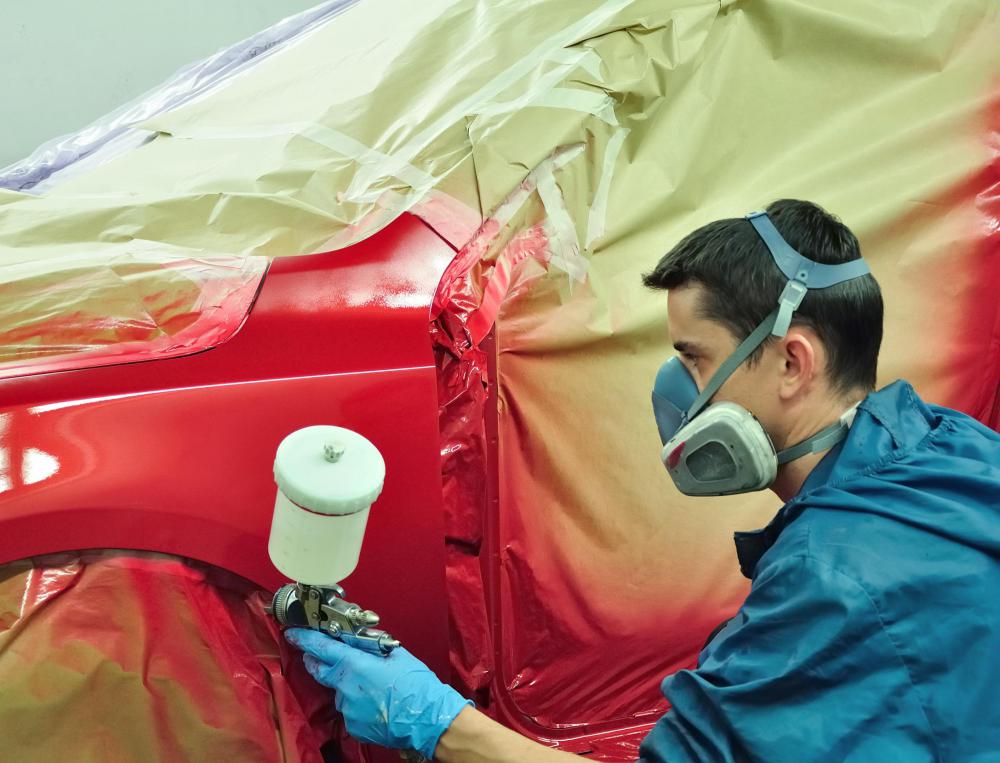At TheHealthBoard, we're committed to delivering accurate, trustworthy information. Our expert-authored content is rigorously fact-checked and sourced from credible authorities. Discover how we uphold the highest standards in providing you with reliable knowledge.
What is the Difference Between a Respirator and a Ventilator?
Many people are not aware that there are distinct differences between a respirator and a ventilator, and as a result, the two terms are often mistakenly used interchangeably. Indeed, as they are both breathing aids, this confusion is understandable, but their functions are quite different. A respirator is a mask-like device that filters fine particles from inhaled air, while a ventilator is a machine that assists with or performs the breathing process for medical patients. Perhaps further adding to the confusion of the terms is the fact that ventilator professionals are known as respiratory therapists.
The most important difference between a respirator and a ventilator is that, unlike a ventilator, a respirator does not perform any actual breathing function for its wearer. Instead, its purpose is to purify inhaled air before it enters the lungs by trapping harmful particles and fumes. A respirator usually takes the form of a partial or full face-mask that is secured in place with a strap. Its purification function is performed by a filter, which is fitted near the nose and mouth area. Sometimes known as “gas masks,” respirators are useful in a variety of situations in which air quality poses a health risk, from furniture refinishing to chemical warfare.

A ventilator is a device that aids or performs the breathing process for hospital patients whose respiratory function is impaired, such as individuals with lung injuries or those under general anesthesia. Most ventilators are highly complex, computerized machines that use a compression system to force air, which may be tempered with oxygen, into the patient’s lungs several times each minute. As this pressure ceases, the patient’s lungs automatically contract, expelling the air that has been pushed in by the machine. Patients who need only breathing assistance may be connected to a ventilator via a mask that covers the nose and mouth. Those fully unable to breathe on their own must be linked to the machine by a tube inserted into their trachea.

Further adding to the confusion is the fact that the medical professionals responsible for addressing ventilator issues in hospital patients are known as respiratory therapists. It is often the job of these healthcare professionals to prepare a patient for a ventilator by intubating him, or inserting a tube into his trachea, which is then connected to a ventilator. In addition, the respiratory therapist is often responsible for helping patients transition back to breathing without the help of a machine.
AS FEATURED ON:
AS FEATURED ON:















Discussion Comments
As a respiratory therapist, this is exactly the answer I would have given! Thank you for clarifying for those who don't know.
thank you, that's the best answer I've found and I did a lot of research. It's clear and concise.
Post your comments